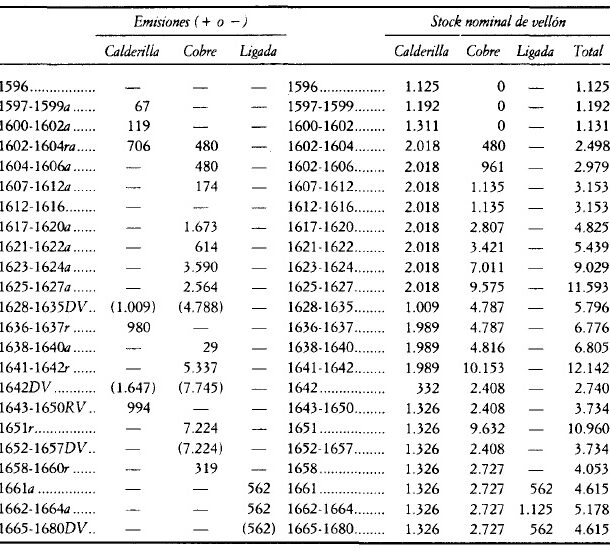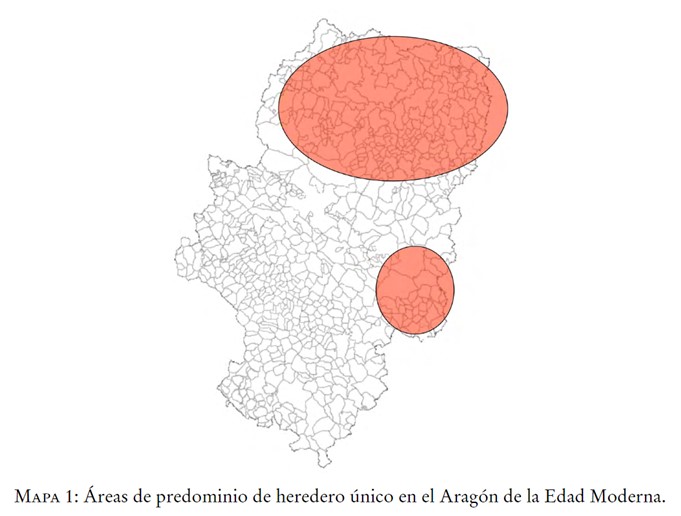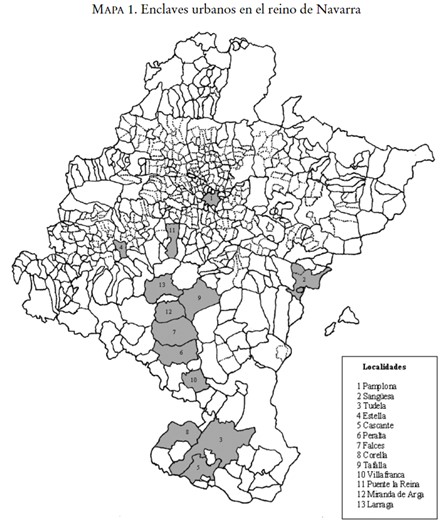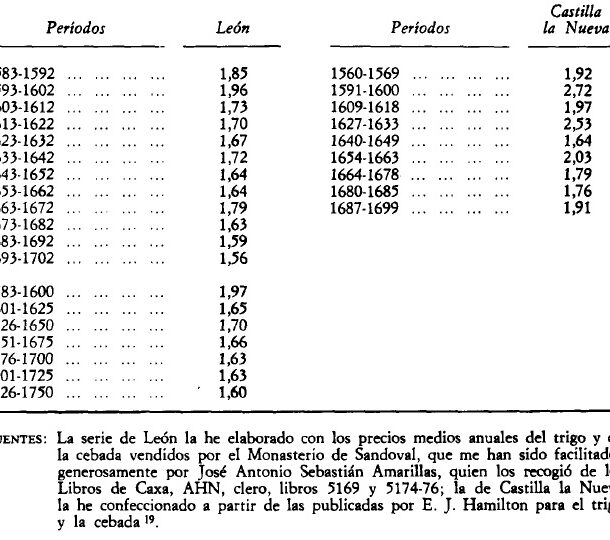
Spain was still a fundamentally rural country in the 18th century, as certain areas of the peninsula were characterised by the existence of agrocities, large towns made up of farmers and day labourers. An arc can be traced that stretches from Alicante and Murcia through Andalusia and delimits a region that already in Roman times had important centres of mainly agricultural population. The proportions are surprisingly high in the seventeenth century: Murcia, 75.7%; Malaga 53.6%; Cordoba 61.61%; Lorca, 82.4%; Jerez de la Frontera, 58.2%. However, Asturias has high proportions, as do Galicia and the north of Portugal with a population dedicated to the countryside. In this sense, the more or less appreciable presence of the rural population in the cities is a fact in urban Spain in the 18th century, where the presence of the agricultural population exceeded a third of the active population, which was not evenly distributed in the cities. The medium and large municipalities are characterised by proportions of agricultural workers that are practically non-existent in the smaller provincial capitals. Of the 27 largest municipalities in Spain, 13 of them have agricultural activities employing more than 50% of their workforce.
Collection: Statistics
Project: 3. Rural world and urban world in the formation of the European identity., 4. Family, daily life and social inequality in Europe.
Chronology: XVIII, XIX, XX
Scope: Secondary Education, Baccalaureate, University
Resource type: Statistics
Format: Table
Source: Reher Sullivan, David–Sven, «Desarrollo urbano y evolución de la población: España 1787–1930», Revista de Historia Económica, Journal of Iberian and Latin American Economic History, 4, 1 (1986), pp. 39–66.
Language: Spanish
Date: 1986
Owner: Álvaro Romero González (Modernalia)
Copyright: © David-Sven Reher Sullivan, © Revista de Historia Económica
Abstract: Proportion of the population engaged in agricultural work in Spain in 1787
Image
Tags








